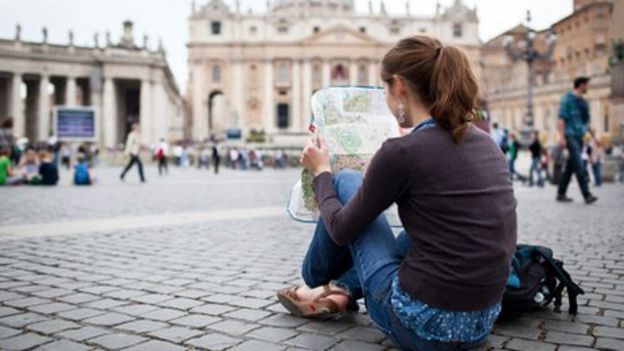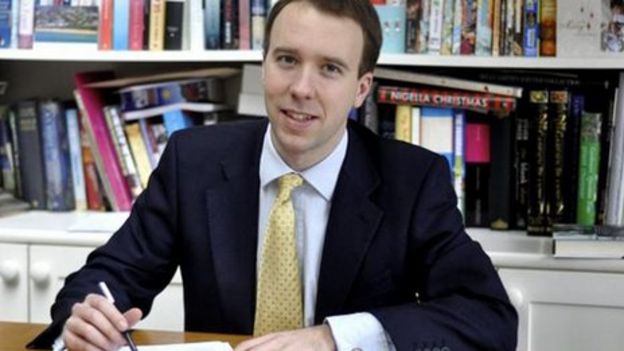ELEPHANT QUESTIONS
1. The first thing that particularly struck me in the film was how easy it was for the two young men to order a gun. It seemed as if he just ordered it on internet and had it delivered to his house as if it were a completely legal, ordinary delivery. I find it striking that it is that easy to get a hold of a gun in the USA, especially for two young school boys.
2. What impressed me, was the filming techniques used. The originality of the way the movie is filmed is impressive and subtly gives us clues of what awaits us later on. For example when the camera man films the "jock" from behind as he walks into the school, it makes us feel as if he was being watched, furthermore the attention to detail on the costumes for example is also quite impressive. To use the same example, the fact that the "jock" is wearing a red sweatshirt with a white cross on it makes us think that he is being targeted.
3. I was mainly upset by the attitude of the two young shooters, who seemed to not realize the horror of their plan, I found it nonsensical that they would target everyone at the school even the students who suffered from bullying just like them. Furthermore, they acted calmly as if it was just a game that had no consequences.
4. I thought that the fact that the film director took the liberty of changing the end of the story was slightly disturbing because seeing as its a true story, even tragedy, I was surprised that he didn't think it was necessary to honor the truth and depict the event how it really happened. This is in reference to when the main shooter meets up with his partner and shoots him, to then continue his killing spree on his own. This was surprising seeing as during the real event the two shooters killed themselves together.
5. What was also shocking was the lack of response on the victims part, none of them picked up on the obvious clues, enough to stop the shooting. For example John is aware off what is about to occur but barely makes an effort to warn people or call the police. He just goes to find his father and asks him questions on a neutral, unstressed tone of voice.
6. The film suggests that the two school shooters were both being bullied at school, and that they had lots of interest in the history of the III Reich and Nazism. They also both played violent aggressive video games, that perhaps made them more numb to the idea of killing people.
7. The film director makes it clear that the two shooters feel nothing during the shooting, they show no pity or any sentiment of any kind for that matter. One of them even says, "the most important thing is to have fun". They target anyone and spare no one.
8. Gus Van San approaches the event in a very cold manner in my opinion, almost in a journalistic way, portraying first an ordinary school day in an ordinary american high school. Although I thought it was interesting and important that he shows the normal day to day life of most american teenagers because it creates a bigger contrast and shock with the events that follow.
9. The fact that the film director uses such a realistic technique, which the public isn't really used to anymore in this day and age when most films are "hollywoodised", perhaps takes away some of the sentiment of the film. It gives off a slightly cold and unsentimental feeling and the viewer is therefore perhaps slightly taken aback by this factor. But the filmmaker still has a touch for poetic symbolism and attention to detail that are not always easy to pick up on in a first viewing. The viewer must pay attention in order to enjoy the poetic passages of the film which makes it more of an effort for the viewer which i think is much better because it fights against having a passive public that uses the minimum amount of concentration to understand the film.
10. The killers and the killing is perceived as cold and even with a slight exaggeration in the lack of reaction in some of the characters cases. The event is still perceived as a tragedy and the fact that it is a true story obviously makes the viewers more sensitive to the film.
- 30 April 2014
- From the sectionBusiness
- These are external links and will open in a new window
- Share this with Facebook
- Share this with Twitter
- Share this with Messenger
- Share this with Email
- Share





